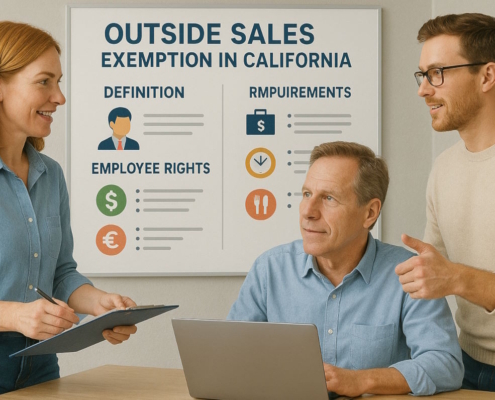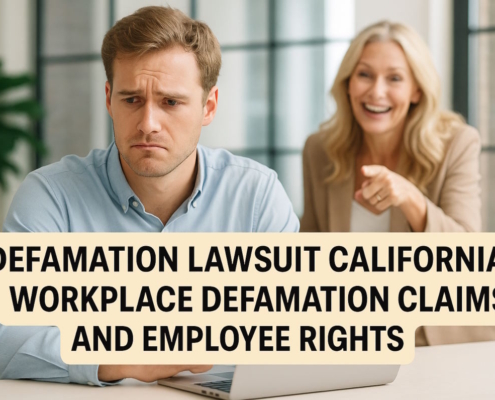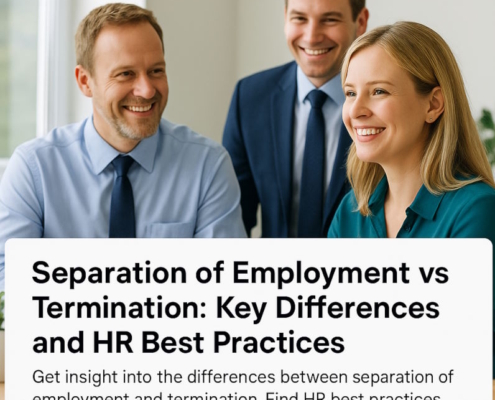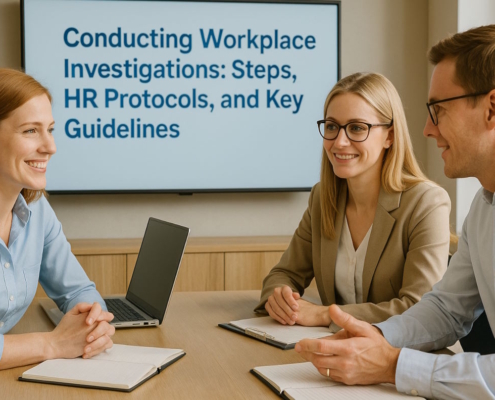Introduction
A worker with performance inadequacies can be given the chance to succeed via a PIP (performance improvement plan, additionally referred to as the performance action plan. It can be used to deal with behavioral concerns or situations in which specific work objectives are not fulfilled.
The outcome can be better overall performance, the discovery of a skill or training gap, or possible job actions like promotion, termination, or transfer.
Among HR’s responsibilities are:
- Assessing whether or not a performance improvement plan is the best course to take in the given circumstance
- Using the manager’s assistance when administering each PIP to avoid bias
- Continuing to mentor the employee and manager during the plan
1. Ascertain whether a PIP is necessary
Instead of being used as a means by which a manager who is frustrated can begin the termination process, a Performance Improvement Plan (PIP) should be utilized when there is a willingness to assist the worker in improving.
When utilized for the first purpose, it’s merely an unnecessary paper trail that informs all staff members that no such assistance is offered. HR needs to decide if a planned approach with deadlines is the better option or if a PIP would end up doing more harm than good.
HR ought to take the following into account when considering if a performance improvement plan is necessary:
2. Create a Draft Strategy
After the necessity of a PIP is determined, ask the manager to design the plan so HR may review it. An acceptable performance improvement plan should include:
- Details on satisfactory outcome thresholds and the ways in which the employee’s present performance falls short. It is necessary to provide specifics about the unsatisfactory performance, such as dates, information, and thorough justifications. To elaborate on expectations, include the job profile and any applicable employer policies.
- Goals that are time-bound, relevant, measurable, and attainable. The duration of PIPs is typically thirty days, sixty days, or ninety days, based on the amount of time it would require to fix the particular problem. A few examples could be:
- a) May, June, & July require Jane Smith to create 150 units or more per month and to have quality defects of no more than 3 percent.
- b) With the possible exception of authorized absences for family or medical reasons, John Smith must maintain perfect attendance throughout this ninety-day performance evaluation. He must consequently arrive at work promptly, be prepared for work at the beginning of each planned shift, and finish the whole shift at work after taking all necessary breaks.
- Advice on the actions or resources that management will take—such as providing more resources, mentoring, or training—to help the employee meet these objectives.
- Information on the frequency of meetings between the management and the workers to review work. This is typically carried out once a week, though it can change based on the situation.
- There are explicit penalties for not achieving the plan’s goals. Demotion, moving to a new position, or firing are among the options.
3. Review of the plan
After reviewing the plan, HR ought to make sure that there is no prejudice against the worker. Is the functioning issue adequately described and supported? Are the deadlines reasonable and the goals fair? Is a sales representative, for instance, given a sales target that significantly exceeds the clients’ anticipated sales?
Is the staff member receiving the right resources and instruction to help them grow? Was there a sufficient onboarding process in place, if the person is relatively new, to aid in their adjustment? Should HR play a part in establishing those guidelines, the procedure ought to begin right away. Ensuring that the approach is realistic and equitable, rather than merely a way to fire an employee, is crucial to this phase.
4. Plan Implementation
The employee and you should get together to go over the strategy and expectations. Even though these are unpleasant sessions, it is beneficial if the management expresses their own dedication to the strategy and the success of the worker.
To help find areas of uncertainty and to promote ownership, it should be urged for employees to provide feedback. Be willing to adjust the plan in response to employee feedback; a valued employee’s perspective—one that merits a PIP’s time and effort—may result in a more successful strategy.
The management may alter the strategy after a thorough discussion and consideration of employee input. Following HR’s evaluation of any modifications, the manager and worker must endorse the final plan, which should then be sent to HR for confirmation.
If, at this stage, the employee is unwilling to participate in the PIP procedure, the employer must decide whether to fire the employee, demote them, or take other suitable managerial action.
5. Track the Development of the Plan
It is the manager’s responsibility to make sure that all development meetings are planned and held on time. The manager would come out as unimportant and uncommitted if they called off meetings or arrived late. Goal development should be tracked and reviewed in order to determine what factors have contributed to or hindered advances.
As soon as it becomes clear that there are training or equipment shortfalls, fill them. Encourage staff members to take the lead in these sessions, to provide feedback on how they feel they are performing, what insights they may have gained, and what more they think they need to achieve.
An employee should be encouraged to continue improving if they make effective strides toward their objective.
6. Plan Conclusion
When a worker meets plan objectives and responds well, perhaps ahead of the plan’s end date, the employer ought to formally conclude the PIP, acknowledge the worker’s accomplishments, and grant the worker permission to stay on the job. Although it’s a happy event for them, the manager needs to make sure they know that good work is expected of them going forward.
A possible reassignment, demotion, or dismissal should be explored depending on the unique circumstances if a worker’s performance worsens or they have no ability to improve, in which case the PIP must be closed.
Extending the schedule to give the employee a little more time to achieve may be beneficial if they are dedicated to improving but don’t meet the goals within the given time frame. A successful conclusion to the plan may also result from the accomplishment of improvements, even if the targets were later determined to be unrealistic or not entirely within the worker’s control.































